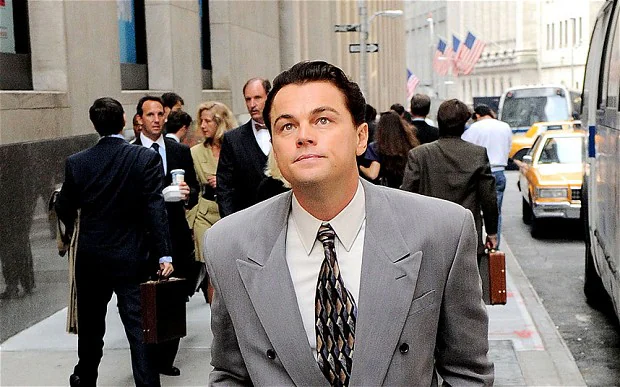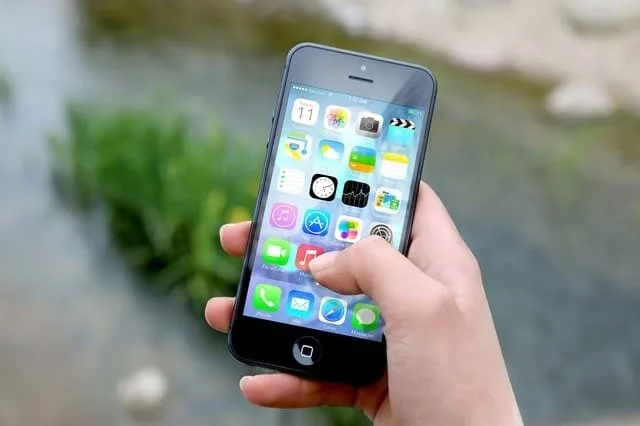Gamer Girl Insights on Tecnology Innovation & Applications
Top 5 Sites to Get Free Robux in 2025
By Julia
/ February 24, 2025
Are you an avid Roblox player looking for legitimate ways to get free Robux? While there are many claims online...
Read MoreHow to Write a Thoughtful Coworker Farewell Message
By Julia
/ December 9, 2024
Writing a coworker farewell message can be challenging, especially when you want to strike the right balance of professionalism, sincerity,...
Read MoreAttractive Men in 2025: Who’s Taking Over Our Screens and Social Feeds?
By Julia
/ December 9, 2024
In 2025, the definition of attractive men has expanded beyond traditional notions of physical appearance. It now encompasses style, intelligence,...
Read MoreHow Digital Technology is Changing Our Lives
By Julia
/ December 5, 2024
Digital technology is rapidly changing our lives in many ways. From the way we communicate and learn to the way...
Read MoreTips For How To Become A Gamer Girl In 8 Easy Steps
By Julia
/ December 5, 2024
If you're a video game lover, you may have grown up hearing that" those games will rot your brain" or...
Read More10 Tips for a DIY Family Car Entertainment System
By techiediva
/ December 4, 2024
When it comes to taking a family road trip, or even just a trip to the grocery store with everyone...
Read MoreHow to Get Started with Mindfulness Meditation & Its Benefits
By Julia
/ December 1, 2024
We live in a time where everything seems to move so quickly. It can be challenging to find time for...
Read MoreHow You Can Make Remote Working a More Enjoyable Experience
By Julia
/ November 2, 2024
If you are given the chance to experience remote working, this is definitely something you should try out. Of course,...
Read MoreNigerian SEC Mandates Local Offices for Crypto Firms: A New Era for the Nigerian Crypto Market
By Julia
/ October 25, 2024
The Nigerian Securities and Exchange Commission (SEC) recently announced a new regulation requiring all cryptocurrency firms operating in Nigeria to...
Read MoreExploring Live Video Chat The Thrill of Unexpected Connections
By Julia
/ June 12, 2024
Live video chat has completely changed how people connect and communicate in the current digital era. With the use of...
Read MoreBlogging about technology skills, tech memes. games, computing, coding, gizmo and gadgets from a female perspective
Style
Gizmos
Latest Article

How to Write a Thoughtful Coworker Farewell Message
December 9, 2024
No Comments

Attractive Men in 2025: Who’s Taking Over Our Screens and Social Feeds?
December 9, 2024
No Comments

How Digital Technology is Changing Our Lives
December 5, 2024
No Comments

Tips For How To Become A Gamer Girl In 8 Easy Steps
December 5, 2024
No Comments

10 Tips for a DIY Family Car Entertainment System
December 4, 2024
No Comments

How to Get Started with Mindfulness Meditation & Its Benefits
December 1, 2024
No Comments











